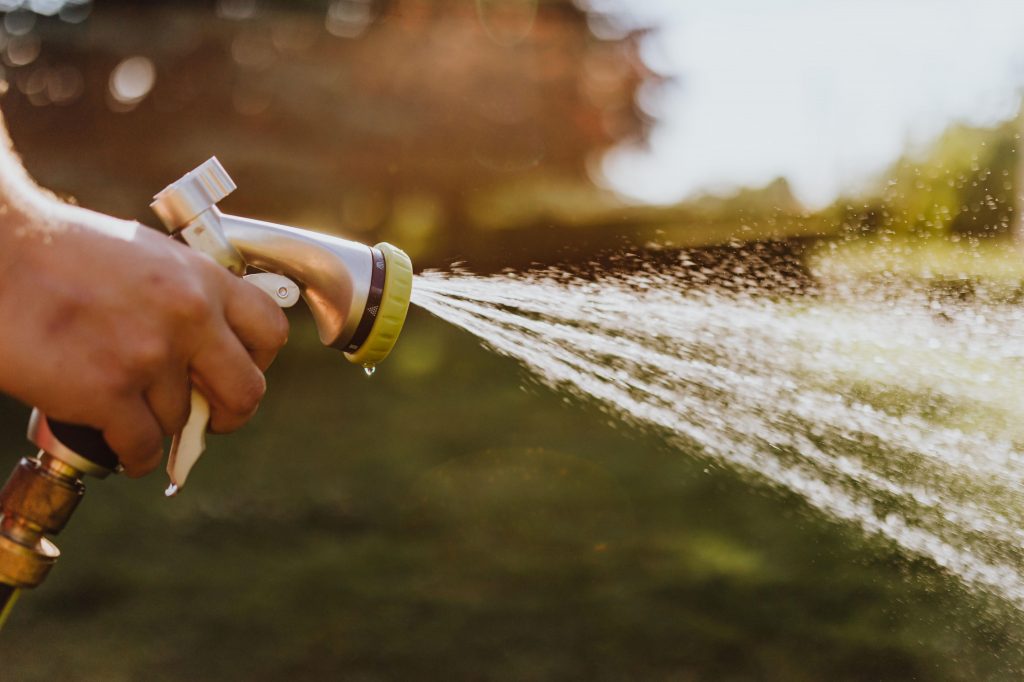FREE Shipping on Orders over $89 with Account – Create One Today!
- (844)-859-9400
- Get Help

Wound cleansing involves more than simply rinsing a cut under water. In fact, the process of wound cleansing helps encourage wound healing, removing factors that could stall its progression. A vital element in every dressing change, wound cleansing helps remove exudate and various debris, including necrotic tissue and bacteria. It can also help eliminate residue from dressings and topical gels, prepping the wound bed for a new dressing.
Various wound cleansers and/or saline solutions can be used in the process of would cleansing. Read on to understand when each is ideal for controlling irritants and encouraging healing.
If left unattended, microorganisms (including bacteria) and necrotic tissue can accumulate in a wound, affecting how quickly a wound heals and reducing the effectiveness of a dressing or topical agent.
Neglecting the growth of bioburden and bacteria can invite infection and delay wound healing. Certain wounds, including diabetic foot ulcers, are more susceptible to this pattern than others. Thus, cleansing is essential for controlling bioburden and preventing chronic wounds.
Normal saline is one of the most commonly used cleansing solutions for wounds. Saline may be preferred for wound cleansing for the following reasons:
- Normal saline is a physiologic, isotonic solution that won’t irritate or damage the skin.
- As a solution for washing away larger physical debris and preparing the wound bed, normal saline solution won’t disrupt the wound repair process.
- It uses a low-toxicity formula that won’t alter the skin’s composition or cause an allergic reaction.
- While it might not provide antiseptic properties, normal saline won’t invite an infection on its own.
However, for more serious wounds, normal saline might not be strong enough:
- Because normal saline washes away physical substances contained within the wound, it doesn’t effectively control bioburden.
- Normal saline isn’t always strong enough for infected or necrotic wounds, as it doesn’t function as an antibacterial agent. Nor does it include surfactants, which assist with physically removing bacteria and more stubborn debris.
- A container of saline may start attracting bacteria not long after it is opened. Patients and their caretakers are recommended to dispose of the solution within 24 hours after opening.
Wound cleansers distinguish themselves from normal saline with the following factors:
- Surfactants, which help remove bacteria and cellular-level debris without requiring mechanical force.
- Preservatives lessen the growth of bacteria, mold and fungi in the solution, resulting in a longer shelf life and a more cost-effective cleansing solution.
- Choice of application methods range from washes (such as Vashe) to spray bottles, like BIAKŌS and Anasept, which help with removing debris without placing excessive pressure on the wound.
- Additional agents help with softening, loosening and removing necrotic tissue, assisting with debridement.
- Wound cleansers may additionally offer antibacterial or antiseptic properties for controlling bioburden.
In considering the process of cleansing infected or heavily exuding wounds, wound cleansers:
- Allow for more targeted yet gentle application.
- Provide a longer shelf life.
- Typically won’t damage healthy and emerging tissue.
- Are ideal for treating acute, chronic and deep wounds and reducing infection risks.
- Help reduce bioburden and microorganism colonies, encouraging faster infection healing, more reliably than with normal saline.
- Streamline the healing process: wounds treated with a cleanser tend to decrease in size sooner and develop tissue granulation faster than with normal saline.
Yet, especially with the variety of wound cleansers available, these solutions have potential to affect emerging growth factors and tissues if too strong or not appropriate for the injury. Patients are advised to discuss with their doctor the best types of wound cleansers to use before caring for an injury at home.
Sources:
